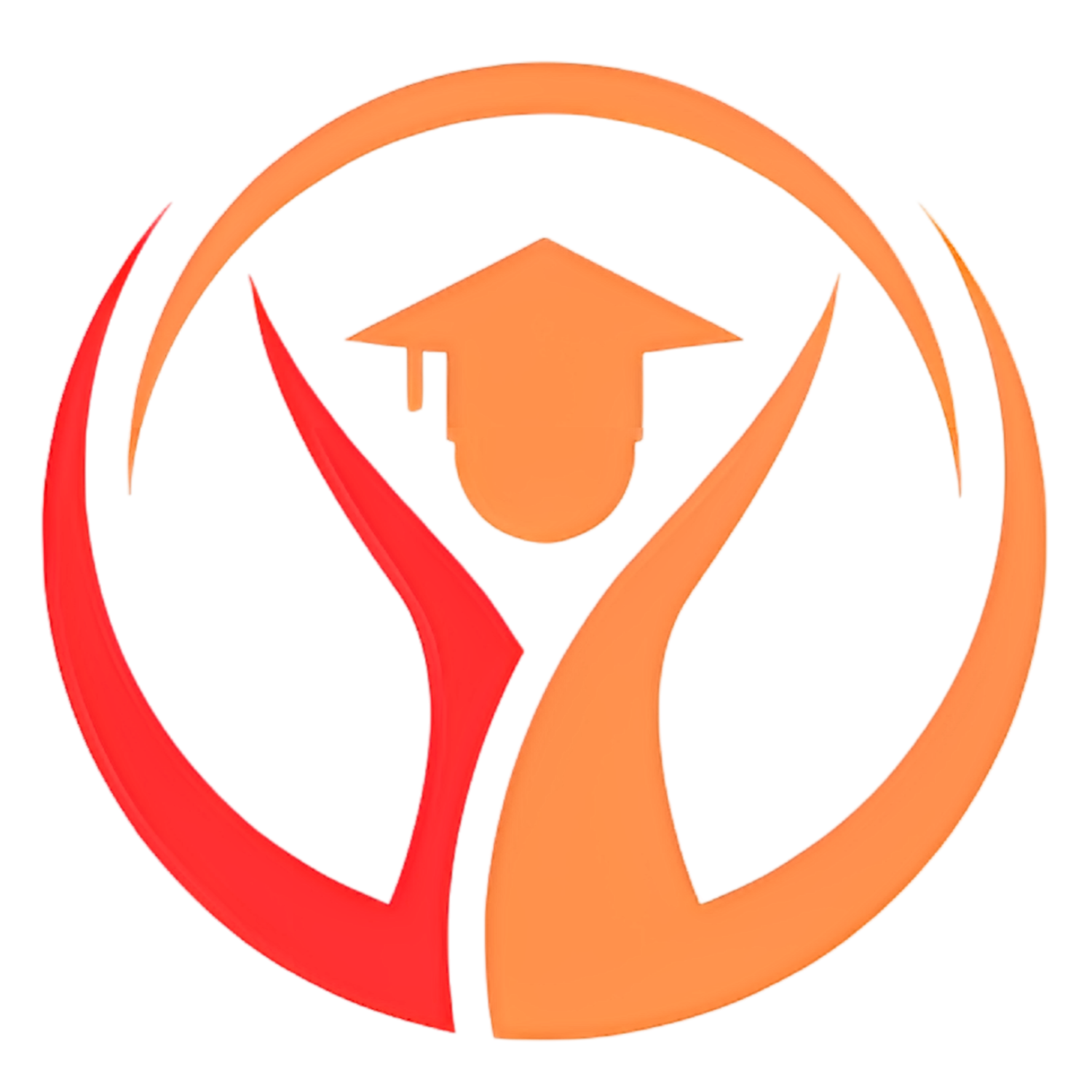Teaching for the Future
STREAM-Inspired Project-Based Learning
“Every great question deserves an even better answer—and the process of finding it is where true learning happens.” – Dr. Robert E. Sawyer
At Sawyer Scholastics Academy, every Project-Based Learning (PBL) unit begins with a leading critical thinking question.
Students are challenged to solve that question by:
- Learning and mastering core academic concepts.
- Applying knowledge creatively.
- Building or presenting something that answers the question in an authentic way.
This approach isn’t just more engaging—it’s essential in preparing students for the modern world.
What Is Project-Based Learning (PBL)?
Project-Based Learning is an instructional approach where students learn by actively exploring real-world problems and challenges. Instead of memorizing isolated facts or drilling for standardized tests, students:
- Investigate meaningful questions.
- Conduct research.
- Collaborate in teams or work individually.
- Apply cross-disciplinary knowledge.
- Create tangible outcomes—like models, presentations, or reports.
- Reflect on their learning.
PBL transforms the classroom from teacher-centered to learner-driven, giving students agency and responsibility for their education.
What Makes It STREAM-Inspired?
STREAM stands for:
- Science
- Technology
- Research
- Engineering
- Art
- Mathematics
STREAM-based PBL integrates these fields intentionally. A typical STREAM PBL project:
- Starts with a critical thinking question rooted in real-world context.
- Requires students to research and analyze.
- Involves designing or engineering a solution.
- Encourages creative expression through art.
- Demands mathematical precision and problem-solving.
- Utilizes technology as both tool and subject of study.
This approach prepares students to see problems holistically—just as they will in the real world.
A Brief History of Project-Based Learning
PBL isn’t new. Its roots trace back to:
- John Dewey (early 20th century) – Advocated for experiential learning and education tied to real-life activities.
- Kilpatrick’s Project Method (1918) – Emphasized purposeful, student-directed projects.
- Progressive Education Movement – Saw projects as tools for democracy and critical thinking.
Modern PBL has grown from these philosophies, supported by research showing it:
- Improves student engagement.
- Enhances retention and understanding.
- Builds critical thinking and collaboration skills.
Today, with STREAM integration, PBL is even more robust, weaving rigorous academic content with hands-on, interdisciplinary application.
How Is PBL Used in Schools?
Traditional Approach:
- Teacher lectures.
- Students memorize.
- Tests assess short-term recall.
PBL Approach:
- Teacher poses a driving question.
- Students investigate and learn core concepts.
- Knowledge is applied to create something meaningful.
- Assessment measures authentic mastery.
Examples of STREAM PBL projects:
- Designing a sustainable community.
- Engineering a water filtration system.
- Building mathematical models for budgeting.
- Researching and presenting on climate change solutions.
- Creating art that communicates scientific ideas.
The Future of PBL with Artificial Intelligence
Artificial Intelligence is rapidly transforming education. From personalized learning tools to automated grading, AI will increasingly handle routine, standardized tasks.
But there are things AI can’t (yet) replicate:
- Human creativity.
- Ethical decision-making.
- Complex problem-solving.
- Empathy and collaboration.
PBL prepares students for this future by:
- Teaching them to use AI as a tool in their projects.
- Emphasizing questions that demand human judgment.
- Encouraging original thought rather than rote answers.
Imagine students using AI to research faster, prototype designs, or analyze data, while teachers guide them to ask better questions and think more deeply.
Why PBL Is Essential in the Age of AI
As AI proliferates in education and work:
- Memorized facts lose value. AI can deliver information instantly.
- Standardized answers are automated. Chatbots can write essays or solve equations.
- Human thinking becomes premium. Employers need people who can innovate, analyze, and collaborate.
PBL addresses this shift directly by training students to:
- Tackle complex, unstructured problems.
- Think critically about sources (even AI-generated ones).
- Combine disciplines creatively.
- Build solutions that are practical, ethical, and empathetic.
How Students Respond to PBL vs. Traditional Learning
Research—and our experience at Sawyer Scholastics Academy—shows students respond powerfully to PBL:
- Engagement: They see the purpose in what they’re learning.
- Ownership: They direct their own learning journey.
- Confidence: They can demonstrate mastery in authentic ways.
- Collaboration: They learn to work with peers effectively.
- Joy: They experience learning as exploration and creation—not drudgery.
By contrast, traditional learning can feel disconnected, rigid, and geared only toward test performance.
Sawyer Scholastics Academy: Leading in STREAM PBL
At Sawyer Scholastics Academy, we’ve designed our entire curriculum around:
- Critical Thinking Questions – Every unit starts with a big question that drives inquiry.
- Standards Alignment – Meets Common Core, NGSS, NCSS, and international standards.
- Integrated STREAM Disciplines – Ensures well-rounded, real-world readiness.
- Family Values – Embeds respect, responsibility, integrity, and empathy into every project.
- Advanced Placement Preparation – AP courses seamlessly integrated with PBL.
- Future-Ready Skills – Prepares students for a world of AI, automation, and lifelong learning.
Join the Movement
Education must evolve. STREAM-inspired Project-Based Learning isn’t just another teaching method—it’s a necessary response to a changing world.
Let’s prepare students not only to know, but to think, create, and lead.
Contact Us to Get Started
